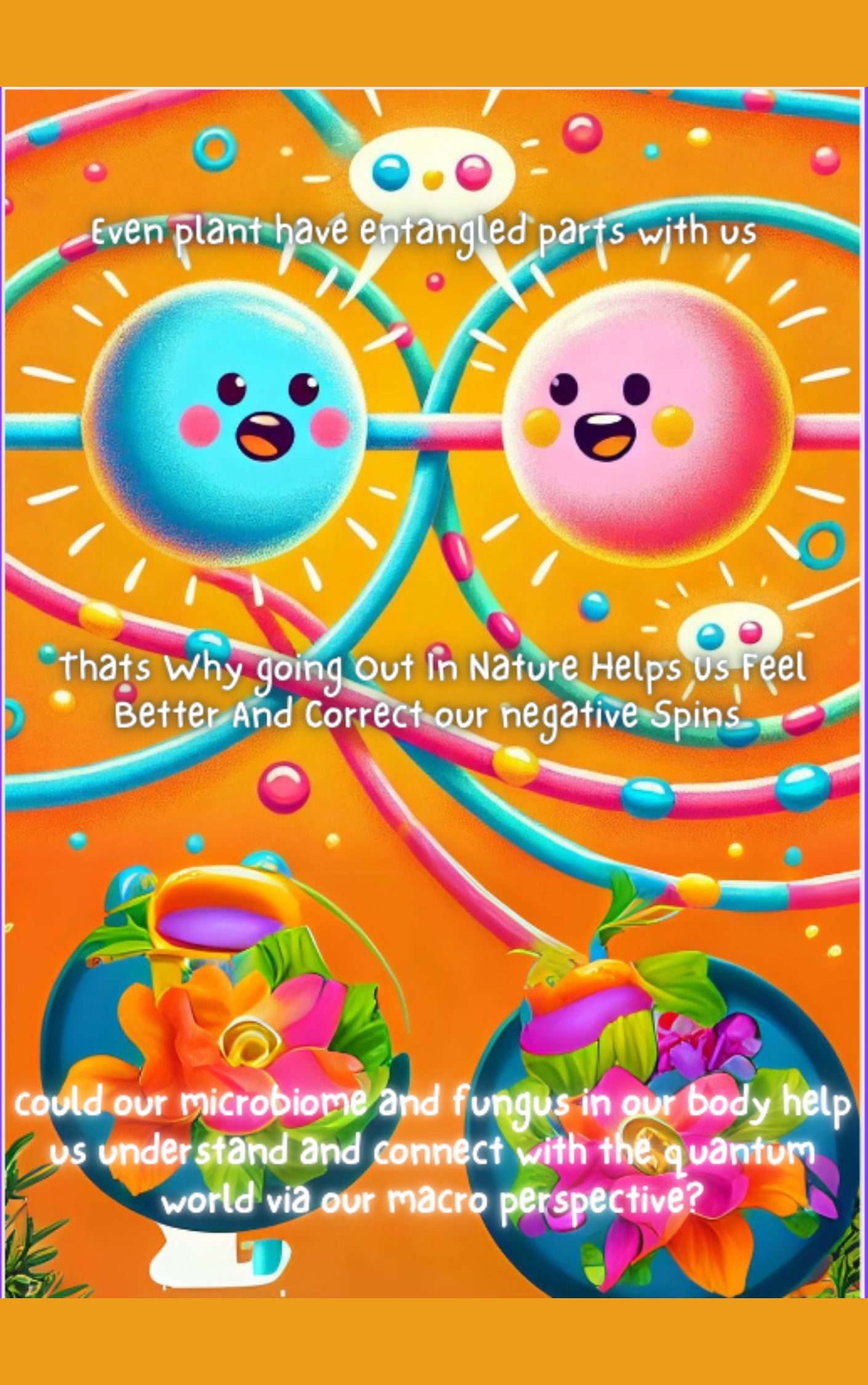
- Published on
- Authors

- Name
- ric de yuga 😄
In classical computing, an error is a bug to squash, a deviation from an ideal trajectory. But in the quantum realm, errors are the universe whispering its secrets: decoherence, crosstalk, phase flips—they’re murmurings from the quantum substrate, telling us where our models break down.
To truly harness quantum power, we must stop treating qubits like lifeless bits trapped in vacuum. Instead, we must become one with the setting—the electromagnetic hum, the cryogenic chill, even the cosmic rays that permeate our labs. By listening to these “errors,” we begin to unlearn the cobwebs of classical prejudice and glimpse a more fluid, interconnected reality.
🌌 The Qubit as a Contextual Being
Embedded in Environment
A qubit never floats in abstraction. Every superconducting loop, trapped ion, or photonic waveguide carries the imprint of its material context. Its state is co‑created by hardware imperfections, thermal vibrations, and stray fields.Coherence as Communion
Prolonged superposition demands harmony, not isolation. We often speak of protecting qubits from noise—yet the most resilient systems learn to dance with their environment, using error‑correcting codes that treat noise as a partner rather than an adversary.Identity in Flux
Like a meditation practice that dissolves the ego, a qubit’s identity is never fixed. It resides in continuous parameters—amplitude and phase—until you force a collapse. Its “self” is the entangled tapestry of system and setting.
🔍 Errors as Clues, Not Catastrophes
Decoherence Times
Instead of demanding ever‑longer coherence, ask: What does this T₁ decay reveal about our electromagnetic model? Each nanosecond lost is a hint about phonon couplings or two‑level defects in the substrate.Gate Infidelities
A 0.1% over‑rotation is more than sloppy control. It exposes our blind spots: nonlinearities in the pulse generator, unmodeled cross‑capacitances, even quantum fluctuations in the control lines.Measurement Backaction
When readouts disturb neighboring qubits, maybe we’re glimpsing the true interconnectedness of the quantum vacuum. Those crosstalk spikes show us how “empty” space is itself a dynamic medium.
By reframing errors as data points in an ongoing dialogue with nature, we can iterate our hardware and theories in parallel. Each glitch becomes an experiment, each deviation a doorway to refinement.
🔄 Rethinking Our Foundational Assumptions
No Perfect Isolation
The dream of a perfectly isolated qubit is an echo of classical solipsism—imagining an object divorced from its world. Reality insists on entanglement at every scale.Quantum Noise as Resource
Rather than brute‑force suppression, noise can seed randomness harvesting, variational ansatz generation, and adaptive calibration schemes that learn from the very fluctuations we once feared.Hardware‑Theory Co‑Evolution
True progress emerges when hardware design informs new theoretical constructs—perhaps even pointing toward modifications of quantum mechanics that account for emergent decoherence phenomena.
🛠️ Practical Pathways to Oneness
Noise‑Adaptive Control
Implement feedback loops that continuously calibrate gates based on live error spectra—treating drift as a guide, not a foe.Environment‑Aware Codes
Design error‑correcting codes that exploit known noise correlations (e.g., biased noise qubits) instead of generic, worst‑case assumptions.Meta‑Measurement
Gather high‑resolution “error fingerprints” across all qubits, then feed that map back into both your hardware layout and your circuit compilation strategies.
💡 From the Founder: A Quantum Mantra
“A qubit is not a lone island in a vacuum; it is a node in a vast ocean of fields and particles. When we stop fighting its context and start listening to its errors, we open the door to a more authentic theory of quantum reality—one where mistakes guide discovery rather than hinder it.”
— Eric D., Quantum Creative Solutions
🌿 Embracing the Error‑Driven Frontier
The era of treating all quantum errors as adversaries is ending. By becoming one with the setting, by honoring each glitch as a clue, we embark on a journey toward a more holistic quantum science—one that doesn’t just compute, but converses with reality itself.
Let us welcome every error as an invitation to evolve our understanding, refine our craft, and perhaps, rewrite the very foundations of physics.
